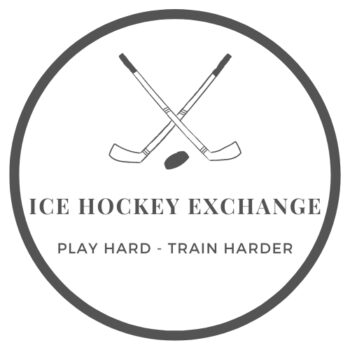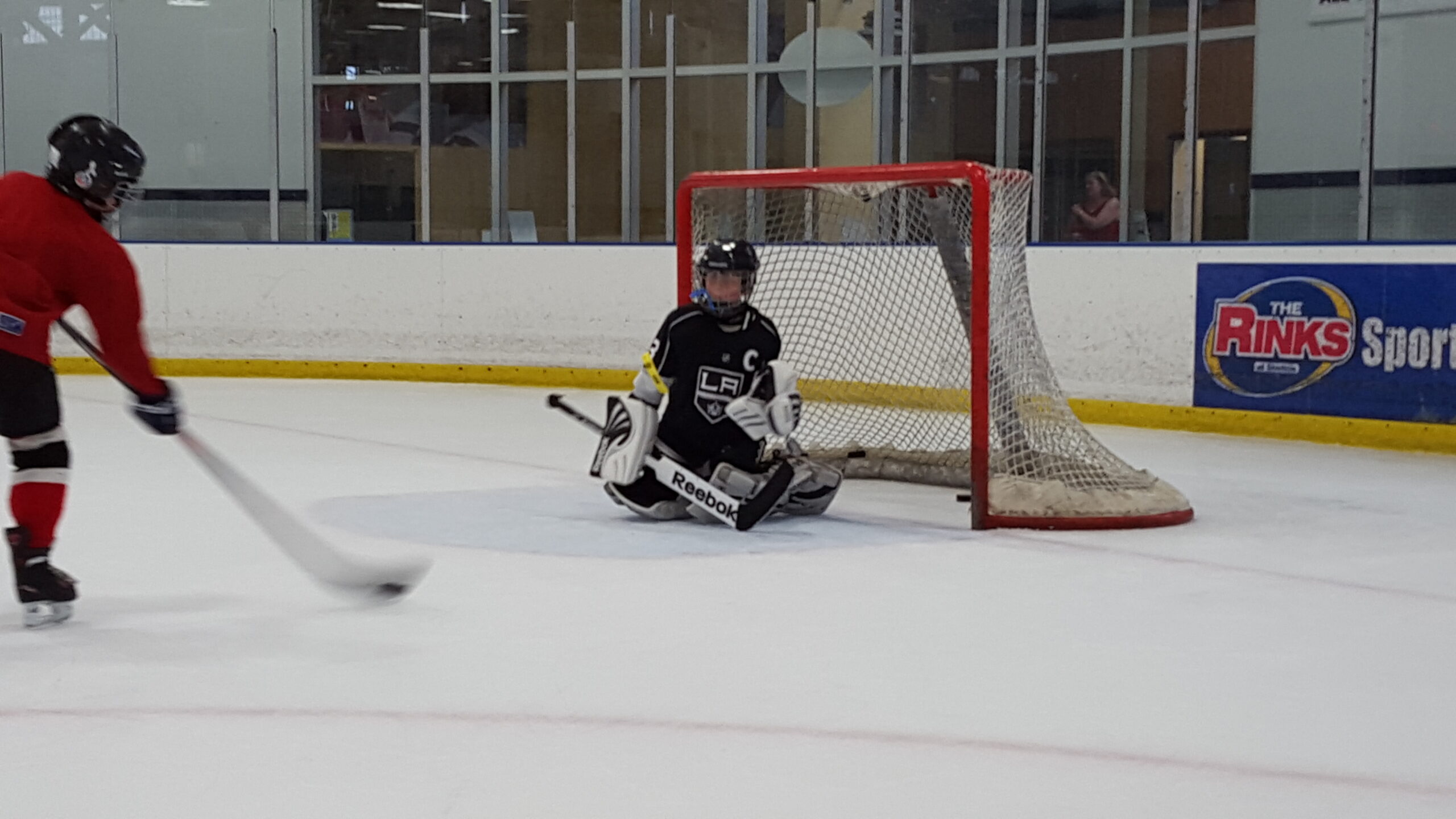Just starting out, whether you are learning to skate, want to get on the pond with your friends, your kid is interested in playing or the adult that finally wants to lace them up, we are here to help. This article is an intro to hockey and what you will need to get started playing the fastest game in the world.
Hockey is a journey, and unlike other sports, it requires some additional skill sets to master. The most important is learning how to stand up, move and stop on two sharp ⅛” blades of steel. Skating, and getting good at it takes time and even if you don’t master it, just the ability move on frozen water is in itself a great accomplishment.
Table of Contents
So where do I start?
Well, there are a couple of good places, your local ice arena’s public sessions, the pond (please make sure an adult that knows what they are doing checks that it is thick enough), or even playing street hockey with your friends. The idea is just to get out there.
For the kids that want to start they will need to go through a few steps before playing. They will need some basic instruction, most rinks and Youth Hockey organizations offer Learn to Skate programs. Here they will learn the basics of strides, turning, backwards skating and stops. A lot of programs run about 8 sessions. They won’t be Connor McDavid quite yet, but just about everyone starts here.
Equipment they will need are skates (which can be rented at some rinks), a helmet, gloves (winter gloves are good at this point). We also recommend some elbow and knee protection. The ice is hard and they will fall a lot, I mean a lot. It will be like watching Bambi out there, but after a few times on the ice they will start to get the hang of it.
Next they should go through a Learn to Play program, which will build on their skating skills and now add in a stick and more protective padding. Here they will learn more skating techniques such as cross-overs. They will learn the basics of stick handling the puck, passing, and shooting. They will also get to play some mini scrimmages.
For most, this will give them the opportunity to start playing on teams, whether it is an in house program or a travel team. They will continue to advance their skill development and enjoy the game.
Age Classifications
So, you may ask, at what age can my son/daughter start. Well as early as you want, but keep in mind a couple things. Youth Hockey is broken up into classifications by age:
8u – Also known as Mites
10u – Also know as Squirts
12u – Also know as Peewees
14u – Also known as Bantams
Then you get into the old group of players of 18u known as Midgets which is broken into:
15u only
16u
18u
19u – girls only
Thrown into the 18u is High School and Prep School
After the 18u level is Juniors who range from 16 to 21 years old depending on the league. We will break down the age groups further in another discussion.
Equipment
What equipment does my player need to play hockey?
Here is a list of the main pieces of equipment from head to toe.
- Helmet
- Mouth guard
- Neck guard
- Shoulder pads
- Hockey gloves
- Protective Cup (boys) or Jill (girls) with velcro to attach socks
- Hockey pants
- Shin Guards
- Skates
- Stick
- Jersey
- Hockey socks
And for goalies:
- Goalie helmet (do not recommend player helmets beyond 8u level
- Throat guard
- Chest pad (Shoulder to waist protection)
- Goalie glove and blocker
- Goalie cup (had more protection)
- Goalie pants (they are different)
- Leg pads
- Goalie skate
- Goalie stick
- Goalie cut Jersey or Larger Jersey
- Hockey socks
I know it sounds like a lot but it is important to stay protected when moving at lighting speed.
Resources
Here are some additional resources
USA Hockey – The governing body for youth hockey in the United States. Includes information registration, coaching, and volunteerring

